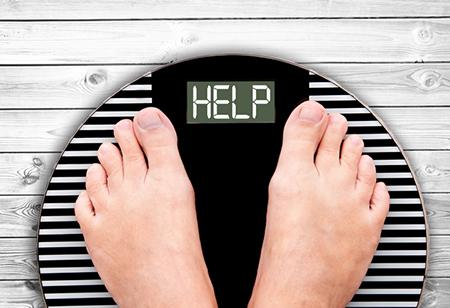One in three American children and adolescents is considered overweight or obese. In addition, obesity among 12- to 19-year-olds has more than tripled in the last three decades. That’s why the National Institutes of Health and many other agencies declare childhood obesity an epidemic.
Physicians recommend lifestyle changes and non-surgical medical interventions first. If those are not successful to reverse the potentially deadly effects of obesity among youths, health experts like James Swain, MD, director of HonorHealth Bariatric Center, seek reasonable and appropriate solutions.
When surgery is the best solution
Although surgery is never the first choice in combating childhood obesity, there are times when it’s absolutely necessary. Dr. Swain says the negative effects of obesity among children and adolescents take a tremendous toll on their quality of life, both social and physical. “We’ve seen 18- and 19-year-olds whose obesity has triggered significant sleep apnea, high blood pressure, cholesterol issues, type II diabetes and other health conditions that are traditionally reserved for older adults,” Dr. Swain says. “These patients are sicker than a normal adult bariatric patient. By the time they come to us, other treatments have failed.”
Very few children and adolescents actually undergo bariatric surgery. Dr. Swain and his colleagues are cautious about operating on youths, but it’s necessary in some cases. “I’ve had to operate on 14-year-olds who were literally dying of weight-induced sleep apnea,” Dr. Swain says. “I’ve also had 19-year-olds with horrific diabetes. They were at risk of losing their sight or irreparably damaging their kidneys. In these cases, surgery really is the only solution.”
Eligibility for bariatric surgery
Bone age is an important consideration when assessing eligibility for bariatric surgery. For this reason, complete skeletal X-rays are part of the evaluation process. “The patient must be an adult in terms of bone growth,” Dr. Swain says. “We wait until the growth plates have fused, usually between 14 and 16 years of age.” Waiting until the patient is slightly older also increases the likelihood that he or she will be successful in adopting the lifestyle changes that must accompany surgery.
Caring for adolescent patients requires far more work on the part of the clinical care team, but Dr. Swain considers it among his most rewarding work. "These kids have a whole new life after surgery," he says. "They’re so excited about finally being able to participate in exercise and social activities that they work even harder to maintain their post-surgery results."

